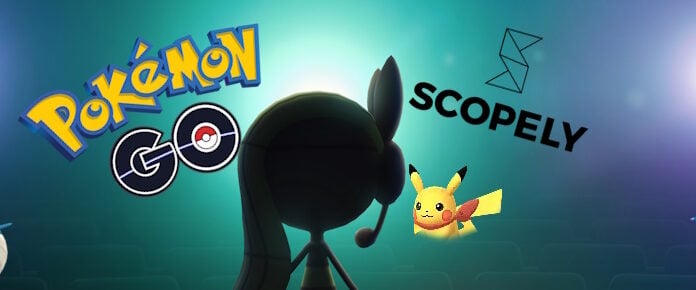
ArenaNet apparently isn’t waiting for next week to start the hype for Guild Wars 2’s End of Dragons reveal, as today it released a dev blog on the written language of Cantha. Cantha, of course, is the continent we’ll be visiting in the expansion as we trek over to the land that classic Guild Wars: Factions made famous.
Penned by Da-Hee Im, Matthew Medina, and Tracey West, the piece takes a stroll down memory lane to explain that during Factions’ development, ArenaNet had to scale back its original plan to create a full constructed language (conlang) for the continent and ultimately settled on 64 symbols “chosen to emphasize the nature of Cantha and its people – wonderfully spiritual and openhearted, but with a great respect for order and structure.”
End of Dragons, however, needed a significantly expanded language that the studio couldn’t devote resources to build, so instead, it’s using a non-translatable set of characters based loosely on the Korean alphabet for in-game text, peppered with with specific translatable logographic words that players could actually recognize.
“We wanted to maintain some of the shape language created in Guild Wars: Factions, as well as focus on words that would get a lot of use on props in our expansion. We created some symbols for various NPCs that would appear, as well as things you would expect to see on neighborhood signs such as ‘open’ or ‘welcome.’ The symbol for ‘open’ specifically used inspiration from ‘air,’ ‘light,’ ‘up,’ ‘night,’ and ‘day.’ If you look closely at those earlier words that are tied to concepts of open space and times of day, you begin to see that the smaller accent mark can be used to emphasize direction or sun placement. Thus, we went with something that means approximately ‘outside air.’ And when you are opening a building what are you doing but letting in the outside world? ‘Welcome’ continues some of those same concepts. With this symbol we wanted to say not only is the location open, but that the opening is done with affection. To achieve this concept, we took the symbol for “open” and combined it with a recurring piece found in symbols such as ‘love,’ ‘brother,’ and ‘sister’ to indicate the additional concept of treating another as family.”















